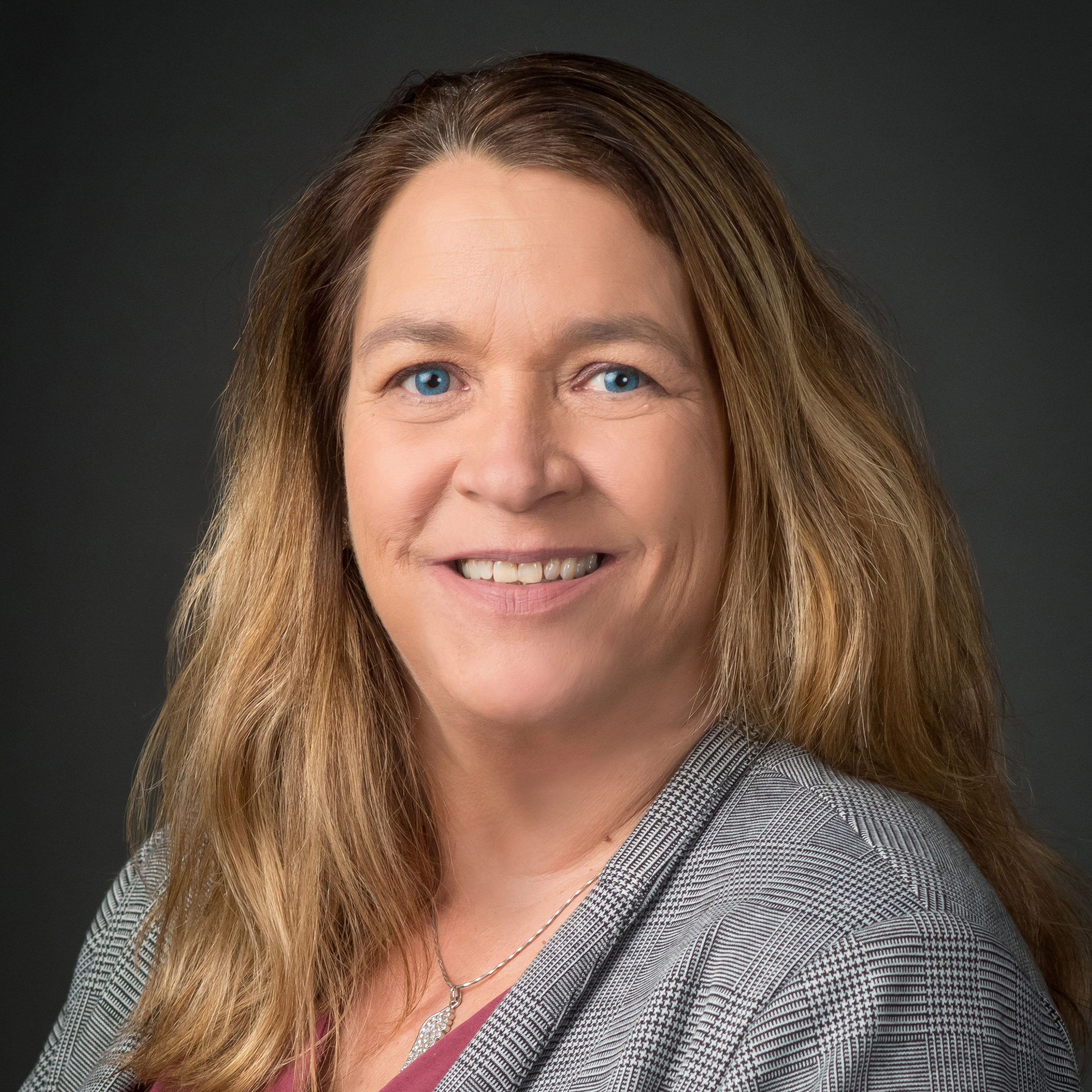
You can’t separate social-emotional learning (SEL) from equity. Where SEL is the effective application of knowledge, attitudes, and skills for understanding and managing emotions, setting goals, displaying empathy, maintaining positive relationships, and making responsible decisions, equity is about giving youngsters the resources they need in order to graduate prepared for college, career, and life in general.
These two concepts are completely intertwined in the K-12 setting, where along with day-to-day educational challenges, students, teachers, and staff are dealing with a global pandemic, racial disparities, politically-divided citizens, and other issues that impact our wellbeing and mental health. For example, many students want to talk about race and social justice issues, but many educators are not really prepared for these conversations.
If we truly want to help everyone live their best lives, we need to explore actionable steps that promote justice, equity, diversity, and inclusion as part of a healthy social-emotional learning curriculum and program. 7 Mindsets, the SEL platform our district uses incorporates the “we are connected” lexicon, to encourage students to seek out and understand unique identities and cultural awareness.
“We are connected” also encourages students to find ways to empower and inspire one another, and to seek the synergies across all of their relationships. When you use simple techniques like this to infuse and support equity, it helps everyone thrive. Here are four more steps that districts can start taking now to work toward this important goal:
- Incorporate SEL with academics. Located in Decatur, Ill., William Harris Learning Academy serves a lot of low-income students, many of whom live in single-parent households. We also face a lot of challenges in our district and will never be able to teach our kids in our program academics until we address their SEL needs. By pairing with 7 Mindsets last year, we’ve been working to address students’ social and emotional learning needs. Once we did that, the academics came along. The SEL lessons are used daily and take about 20-30 minutes. The material covered during this time really all depends on the conversations that we’re having with our students. We try to help them process what they’re dealing with, heal, and thrive in society.
- Create an SEL-specific academy. Our program here at the Academy takes students in our district that have challenges in their regular building and send them to our learning academy. We serve students in K-12 and teach them SEL along with academics. We give them strategies to be successful, both academic and behavioral. The students then return to their home school buildings when they’re ready to do so. Our SEL program is devoted to helping kids with social emotional needs as an alternative and then getting them back to their regular schools.
- Put teachers at the center of the conversation. Every week, we do professional development for my staff. One week we focus on the content from our SEL student curriculum and prepare our staff for the next Mindset that they are going to be teaching their students. I give them the professional development and then they pass that knowledge onto their students. We also take time to go through the equity and education educators’ series (which is available in 7 Mindsets portal). As part of this process, we have some very deep conversations regarding equity. I ask a lot of questions upfront, we have discussions, and then I ask questions that help them reflect and think deeper.
- Get parents involved. We also educate our parents by sending SEL-focused newsletters home monthly and giving parents activities for them to do at home with their children. When I used it last year (before we went virtual), I received some great feedback on the activities. We also have parent nights revolving around the different Mindsets; parents would come in and do activities with their kids. We can’t do this yet due to the pandemic, but our parents do individual meetings virtually and we’ve actually seen a higher rate of attendance at these events (versus previous, in-person opportunities).
Thinking about their own lives
The intersection of SEL and equity is too important to just “check the box” on a learning platform and assume everyone will embrace it and use it. Some districts will look for an off-the-shelf option, but that won’t provide students and educators with what they truly need. Finding the right platform is really rooted in radical self-interest. When you can offer SEL and equity effectively, you bring students and educators to a place where they think about their own lives. They think about the kind of relationships that they want to have and how to make that happen. It’s pretty powerful.
Kelley Morrison is the principal of William Harris Learning Academy in Decatur, Ill.
More from DA









